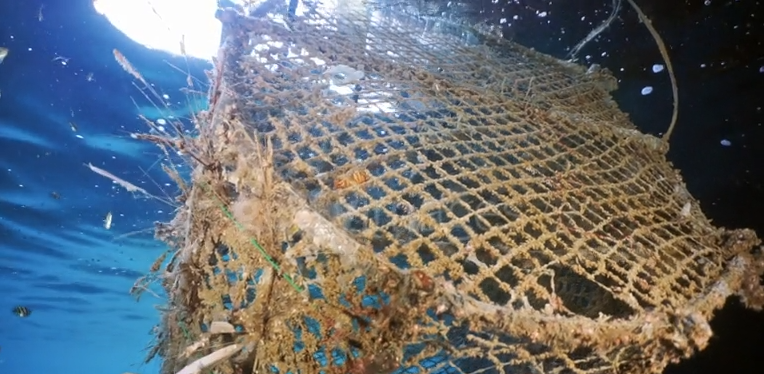
Abandoned fishing equipment that haunts our oceans.
- Globally, abandoned fishing gear contributes to approximately 10% of plastic pollution in the oceans.
- 45% of all species on the IUCN Red List have already been affected by plastic pollution in the ocean.
- Every year, 6% of all used nets, 9% of all pots and 29% of all longline fishing gear are lost in the ocean and become marine litter.
- Drift nets, pots and fish aggregating devices (FADs) are among the most lost fishing gear and pose the greatest threat to marine life.
- FADs cause 2.8 to 6.7 times more bycatch, including endangered species such as sharks, than the actual target species.
- In 2013 alone, between 81,000 and 121,000 FADs were deployed globally.
- Abandoned fishing gear not only kills marine animals, but also destroys underwater habitats through mechanical damage such as abrasion, breakage, and covering.
- Ghost gear is especially common on deep-sea mountains, where the rich biodiversity attracts intense fishing activity.
- Existing control mechanisms from regional fisheries management organizations (RFMOs) are either inadequate or not properly enforced.
- To combat the deadly impact of ghost gear, a legally binding agreement is needed to protect the high seas, with a goal of protecting 30% of the oceans by 2030.
The solution
Around 640,000 tons of old fishing gear, including ghost nets, buoys, lines, pots and baskets, end up in the ocean every year as fishing waste.

